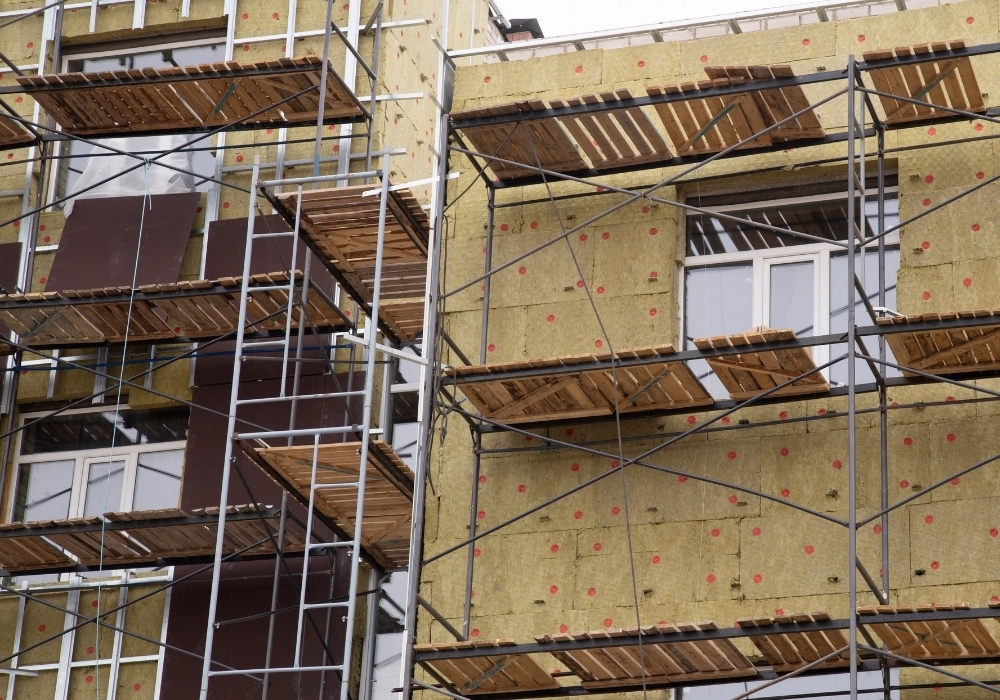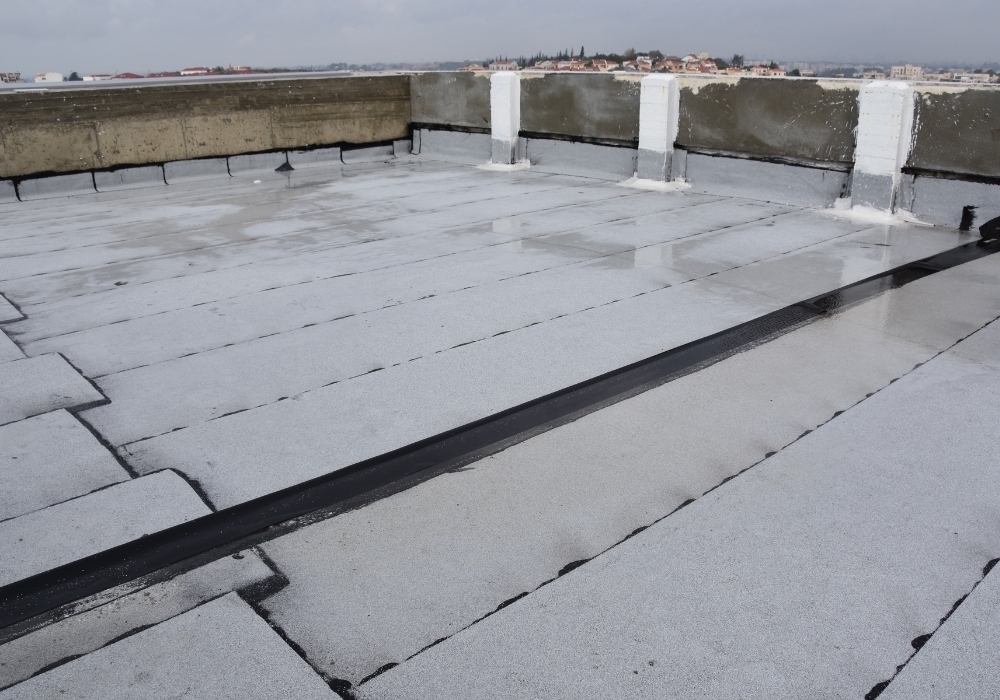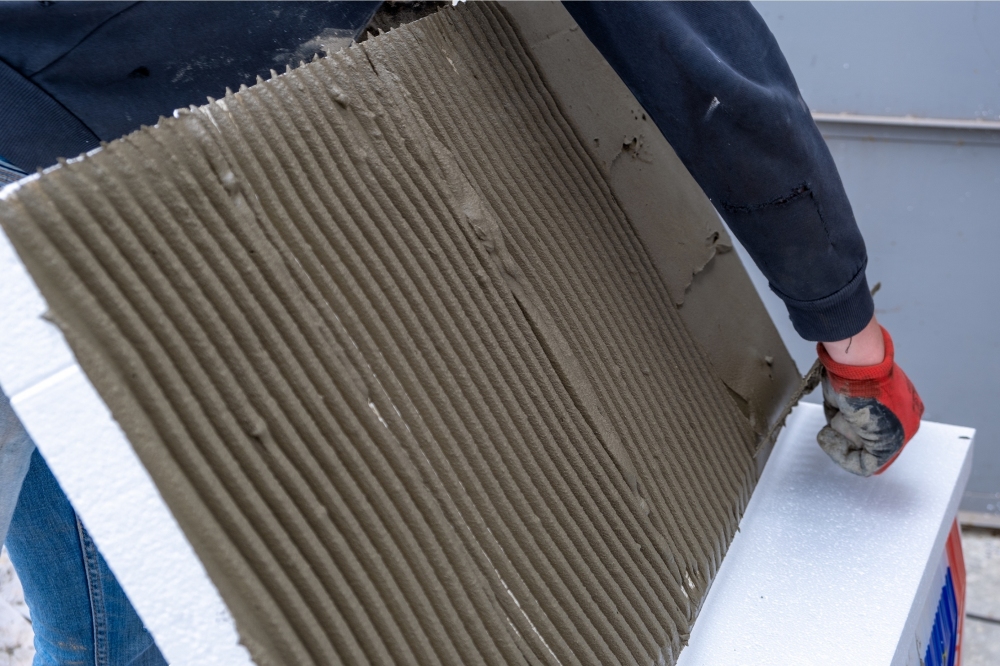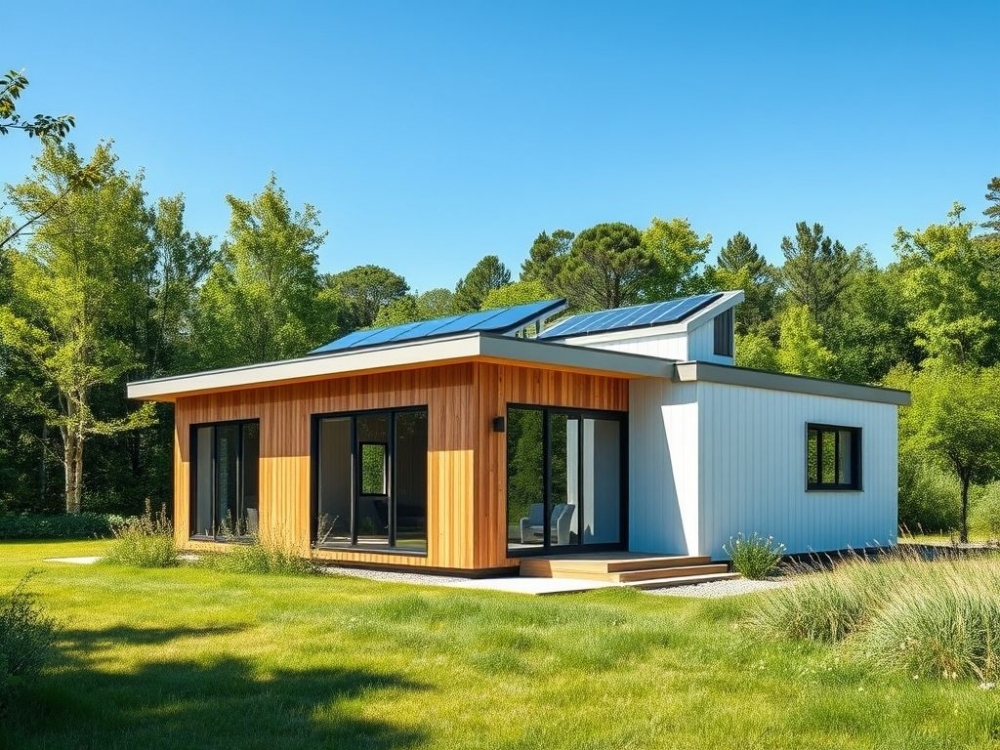
Advantages, Disadvantages, Turnkey Prefabricated Solutions, and 2025 Trends in Prefabricated Buildings
Prefabricated buildings have become a preferred choice in the construction industry for those seeking speed, cost-efficiency, and eco-friendly solutions. This article explores turnkey prefabricated houses, modular structures, energy efficiency, durability, and key trends for 2025 in detail.
What Is Prefabrication? Definition and Features
Prefabrication refers to the process of manufacturing building components in a factory environment and quickly assembling them on-site. It offers a faster and more economical alternative to traditional concrete or steel constructions.
What Is Turnkey Prefabrication? Benefits Explained
Turnkey prefabricated buildings mean that all project phases—including design, manufacturing, assembly, electrical, plumbing, interior and exterior finishing—are completed by a single company. The client receives a ready-to-use building.
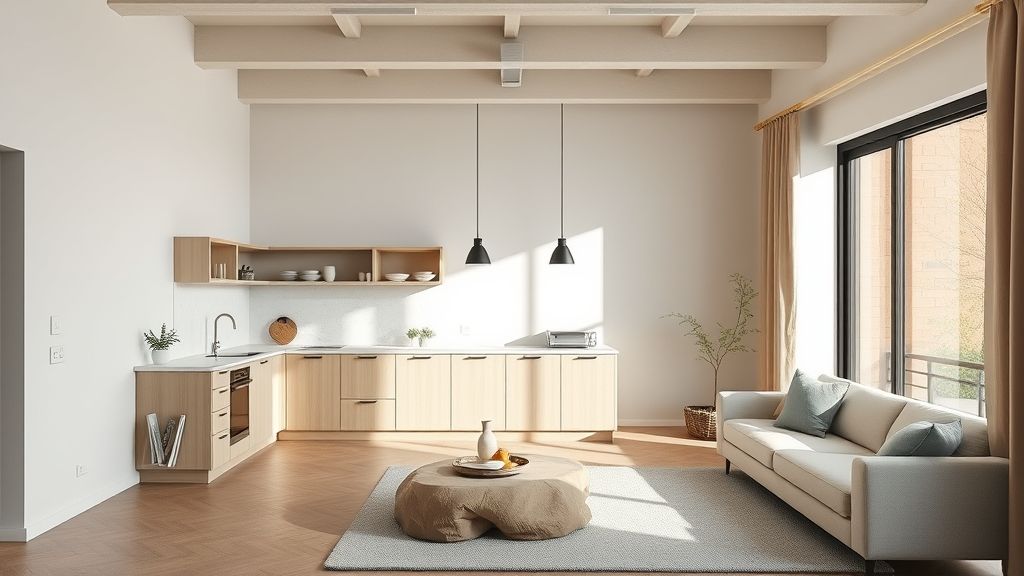
Advantages of Turnkey Prefabricated Buildings
-
Single-point responsibility: No coordination issues since one firm manages all stages.
-
Fast delivery: Optimized manufacturing and assembly ensure quick project completion.
-
Budget control: Costs are determined upfront with no unexpected expenses.
-
Professional quality: Expert teams handle all technical installations and finishes.
-
Time and labor savings: The client can move in immediately after handover.
Turnkey prefab solutions are widely used for rapid housing needs, offices, and site buildings.
Advantages of Prefabricated Houses
-
Quick assembly (3-4 days)
-
Cost-effective pricing
-
High energy efficiency
-
Flexible modular designs
-
Eco-friendly materials
-
Long lifespan (60-70 years)
-
Earthquake resistant
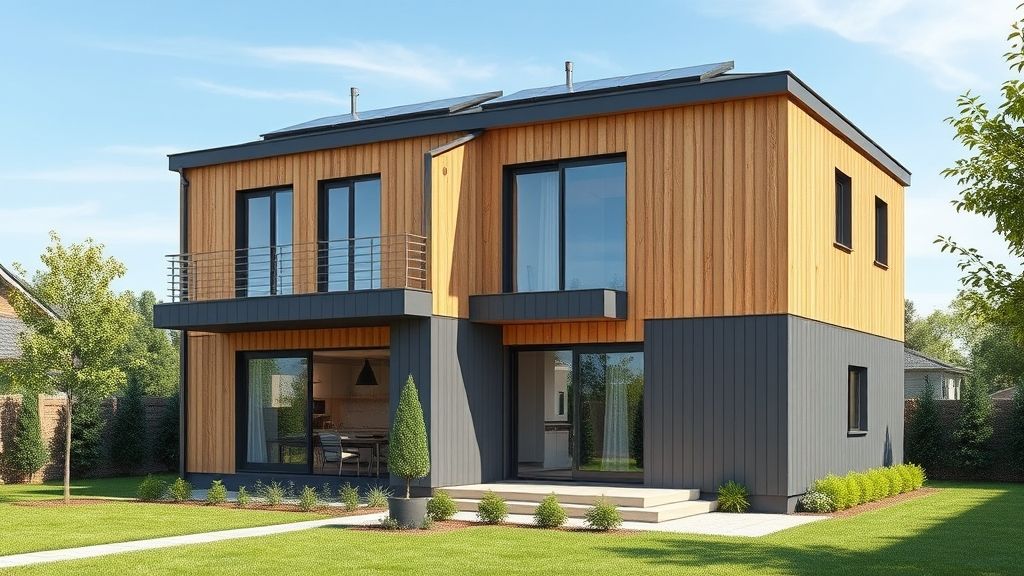
Disadvantages of Prefabricated Houses
-
Service life can be shorter than traditional concrete homes.
-
Possible issues with sound insulation and structural flexibility.
-
Limitations on mounting heavy objects on walls.
-
Noise during rain or wind depending on material quality.
Energy Efficiency and Sustainable Prefabricated Buildings
Prefabricated houses reduce heat loss with high-quality insulation materials and double-glazed windows. Flat roofs are ideal for installing solar panels, and small wind turbines can supplement energy needs. Recyclable materials contribute to environmentally friendly construction.
2025 Trends in Prefabricated Buildings
-
Modular, easily expandable designs
-
Green and sustainable construction methods
-
Integration of smart home technologies (IoT, remote control)
-
Rapid and resilient prefab solutions for disaster zones
Prefab House or Concrete House? Which One Is Better?
-
Choose prefabricated houses for speed and budget considerations.
-
Opt for concrete structures for long-term durability.
-
Prefabricated homes excel in energy efficiency and environmental friendliness.
Conclusion: Modern and Fast Living Spaces with Turnkey Prefabricated Homes
Turnkey prefabricated buildings offer advantages such as single-source responsibility, quick delivery, and affordable pricing. As modular design, sustainability, and smart technology trends evolve in 2025, prefab solutions will shape the future of construction. With proper material selection and expert assembly, turnkey prefab homes provide safe and long-lasting living spaces.
Experience all the benefits of prefabricated buildings with Efil Construction — your trusted partner for quality, speed, and durability. With our turnkey solutions, we deliver your dream structure swiftly and reliably.
